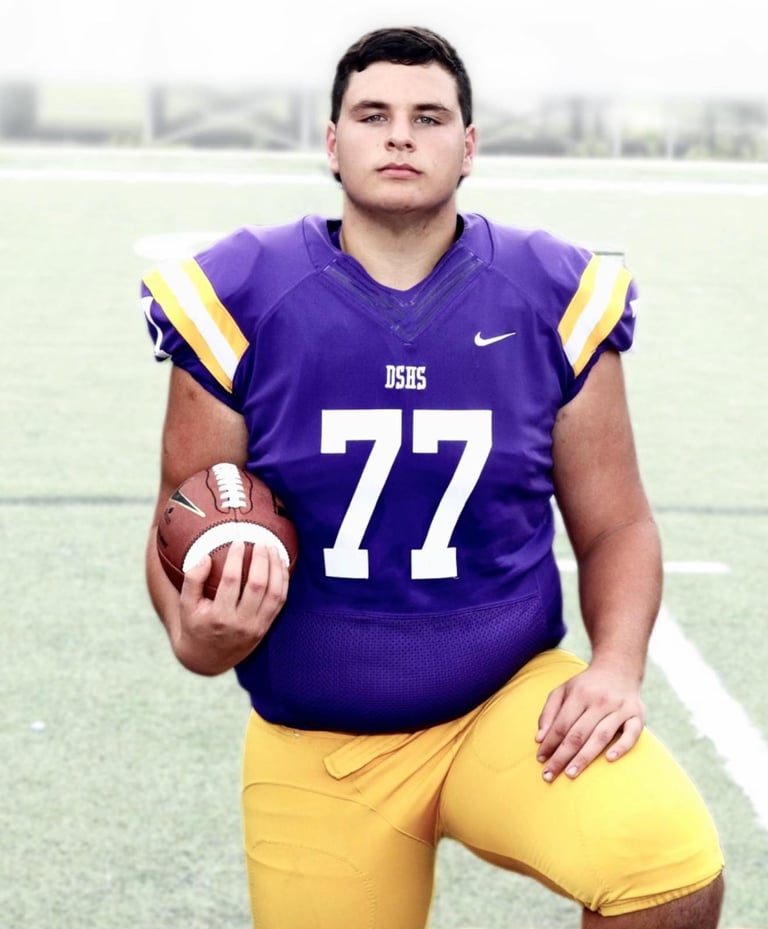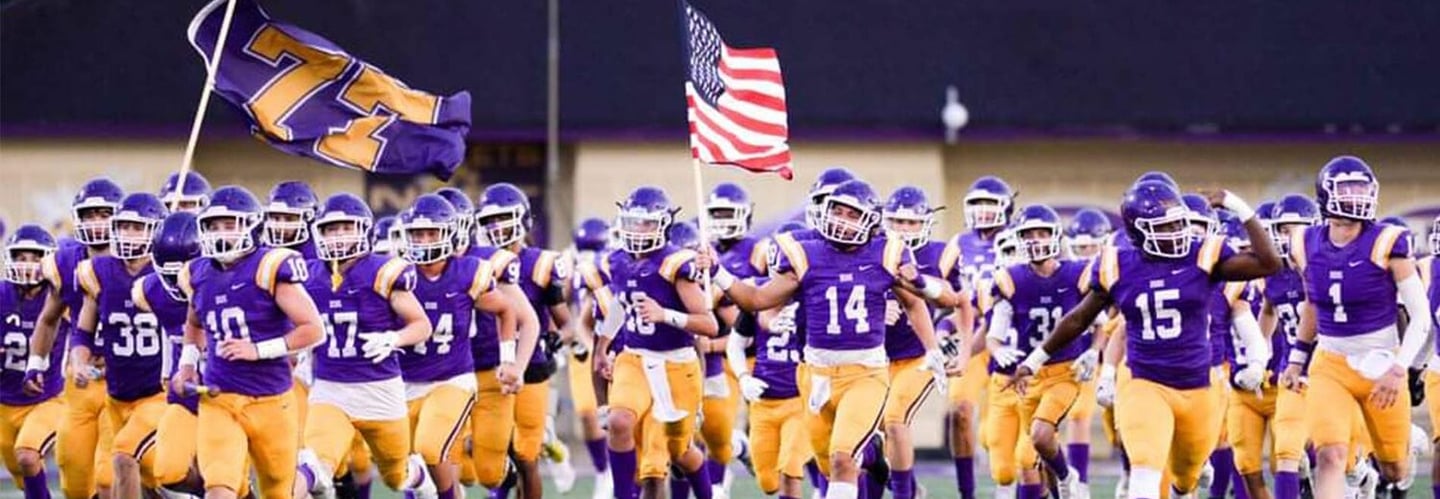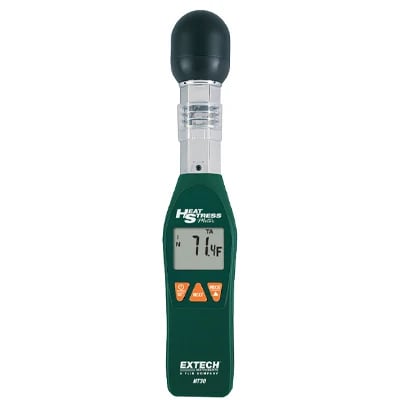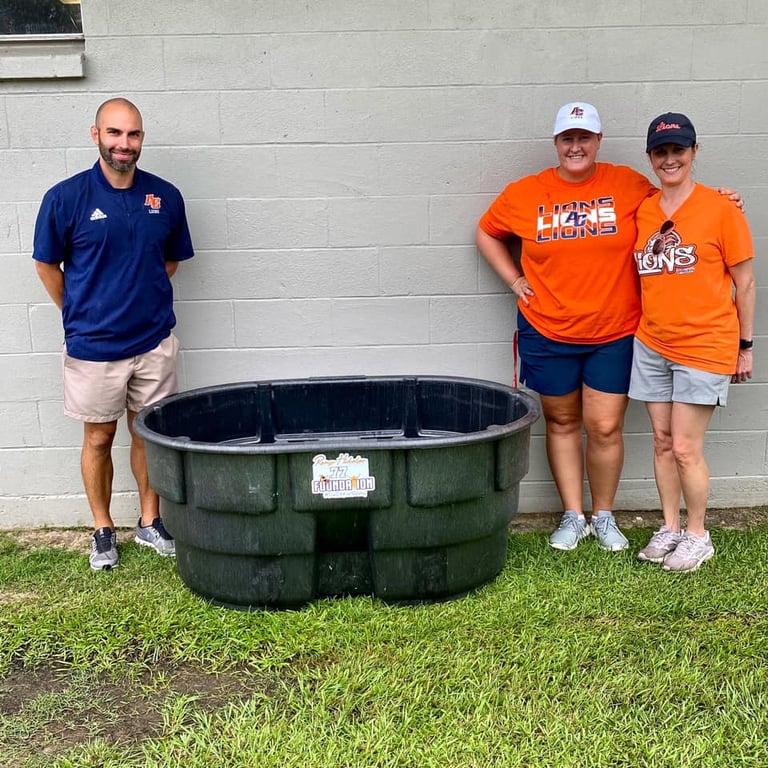We provide vital cold water immersion tubs, wet globe thermometers, and heat safety devices to Louisiana schools, ensuring no child suffers from preventable heat stroke.
FAQs
What is heat stroke?
Heat stroke happens when your body overheats dangerously.
How can I prevent it?
Stay hydrated, avoid direct sun during peak hours, and rest often.
What are the warning signs?
Symptoms include dizziness, headache, rapid heartbeat, confusion, and nausea.
Is heat stroke treatable?
Yes, immediate cooling and hydration can reverse it.
Who is most at risk?
Elderly, children, and outdoor workers are especially vulnerable.
What should I do if someone has heat stroke?
Call emergency services, move them to shade, cool their body, and offer water if conscious.

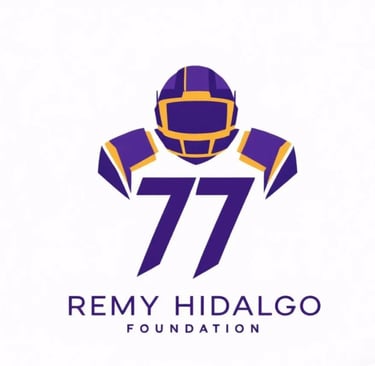
Our Impact
Providing lifesaving tools to schools.
Cold Water Tubs
Cold immersion tubs are critical for heat stroke victims because they provide the fastest and most effective method for rapid body cooling, which is essential to prevent severe complications, organ damage, brain injury, and death. The high thermal conductivity of cold water allows for quick heat dissipation from the body's core.
Here is why they are so important:
Time is critical: Heat stroke is a life-threatening emergency, and the primary predictor of survival is how quickly the core body temperature is lowered from a dangerous level (typically above 104°F or 40°C) to a safe range.
Superior cooling rate: Cold water immersion is widely considered the "gold standard" treatment due to its superior cooling rates compared to other methods like evaporative cooling (misting and fanning) or ice packs alone.
Prevents long-term damage: Rapid cooling minimizes the duration of extreme hyperthermia, which in turn reduces the risk of multi-organ failure (including the brain, heart, and kidneys) that can result from prolonged high temperatures.
Proven effectiveness: Studies, particularly with exertional heat stroke in athletes and military personnel, have shown a near 100% survival rate when cold water immersion is used promptly and correctly.
For these reasons, many emergency protocols and athletic guidelines recommend a "COOL FIRST TRANSPORT SECOND" approach, initiating cold water immersion immediately on-site whenever possible.


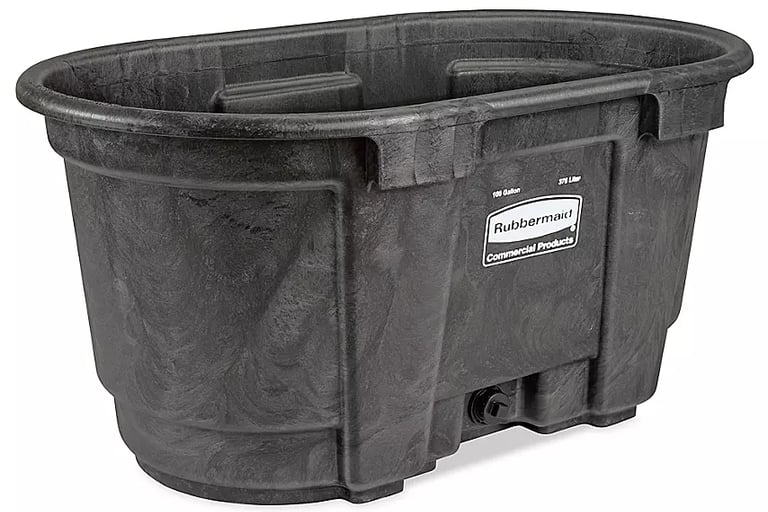

\#HeatStrokes #Remy #Preventheatstrokes #Foundation #RemyHidalgo #DenhamSprings #DenhamSpringsSchools #DenhamSpringsHighschool,# Football,# AshleyRoberson, ShannonRoberson, #DenhamSprings, #Coldtub, #CoachBeard, Kids, #Highschoolfootball
Help
Support our mission to save lives.
Contact:
Connect
Ashley Roberson
© 2025. All rights reserved.
225-480-6444

